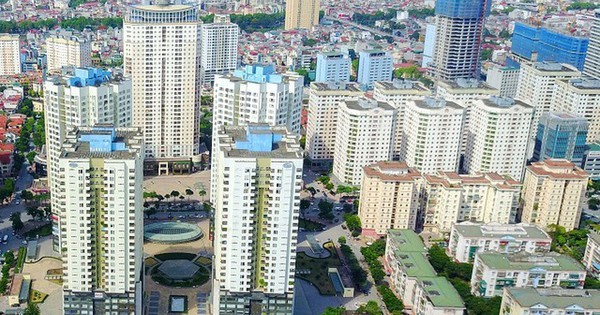Deputy Prime Minister Tran Hong Ha has recently signed Decision No. 179/QD-TTg approving the Strategy for the Development of the Construction sector until 2030, with a vision to 2045.
One of the goals of the Strategy is to accelerate the pace and enhance the quality of urbanization and urban economy. It aims to establish mechanisms and policies to promote the development of harmonious urban systems, compatible with the potential and advantages of each region and locality, and to develop strong satellite towns of major cities, especially Hanoi and Ho Chi Minh City.
At the same time, the Strategy aims to complete the institutional, regulatory, policy, and management tools to build an effective urban governance model, enhance competitiveness, and gradually improve the quality of urban development in terms of economy, society, infrastructure, architecture, housing, and quality of life.

The Strategy for the Development of the Construction sector until 2030, with a vision to 2045, sets out goals and policies to relieve and reduce pressure on major cities.
In terms of urban development, the Strategy emphasizes the formation of smart urban chains in key economic areas in the North, South, and Central regions. It aims to gradually connect with smart urban networks in the region and the world, build low-carbon cities with reduced greenhouse gas emissions, green-oriented cities with their own characteristics, and cities that pioneer and lead innovative and creative activities to become drivers of development.
In addition, the Strategy aims to contribute to the completion of the basic construction of the technical infrastructure system of central cities nationwide and cohesive regions, which are modern and capable of serving. It strengthens the capacity of infrastructure systems to cope with climate change, gradually develops underground space in major cities, enhances connectivity between domestic and regional cities, and integrates urban and rural development.
The Strategy also calls for the establishment of a transparent mechanism to assess the value of real estate according to market mechanisms. It addresses the basic requirements for housing for urban residents, expands housing types, and has policies to support the development of social housing.
Particularly, the Strategy sets requirements for the synchronized implementation of policies to relieve and reduce pressure on major cities, helping people move to surrounding cities that have already developed complete cultural and technical facilities, as well as social infrastructure.
It focuses on promoting infrastructure and service systems in satellite towns, metropolitan city models, ensuring that these cities play a central role in economic and social development, science and technology, education and training, innovation, and entrepreneurship at the local, regional, and national levels.
In the field of urban technical infrastructure, the Strategy requires investment in the construction of key infrastructure projects in major cities, focusing on urban transportation, water supply, wastewater management, and urban water treatment.












